Richard Nissen really didn’t need another boat. At the beginning of the year, he already had a small fleet of at least eight small boats, not counting the houseboat he lives aboard on the River Thames. We have seen two of his boats in previous Reader Built Boat features—a skin-on-frame Walrus kayak and a Venetian s’ciopon. Nonetheless, in the spring he decided to build another boat, not so much to get afloat, but to occupy the time at home during the pandemic. George has gone into business designing and building a new peacetime version of his great-grandfather's invention. The lumber left over from building this hut was what made it possible for his father to build the skiff.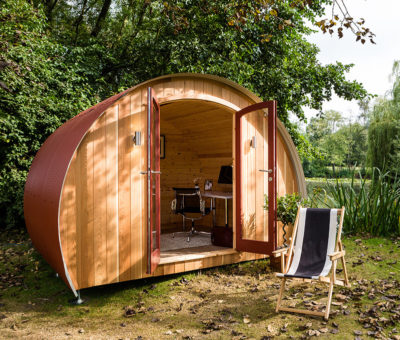 George Nissen
George Nissen
Join The Conversation
We welcome your comments about this article. If you’d like to include a photo or a video with your comment, please email the file or link.
Comments (2)
Leave a Reply
Stay On Course


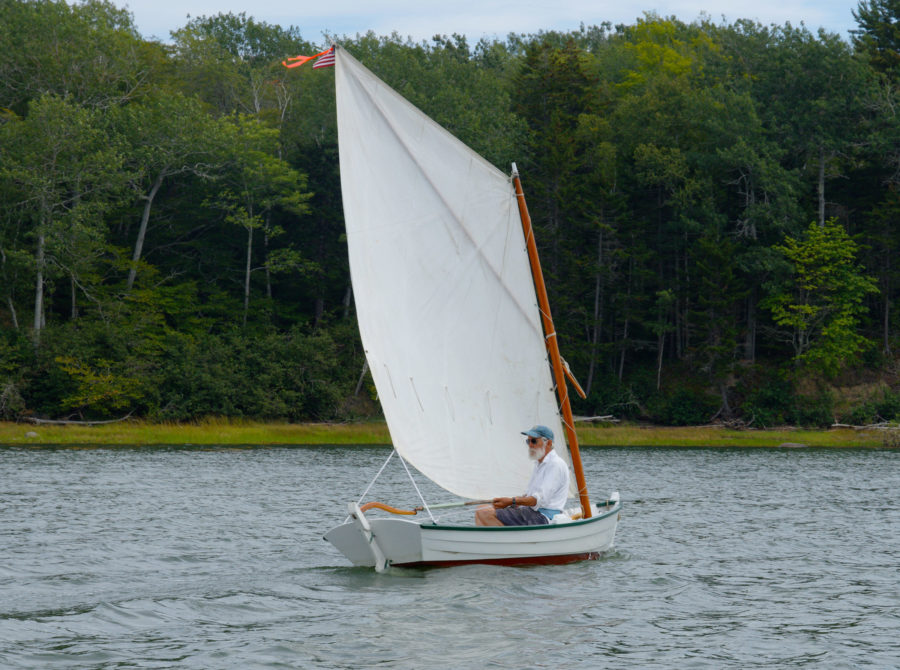
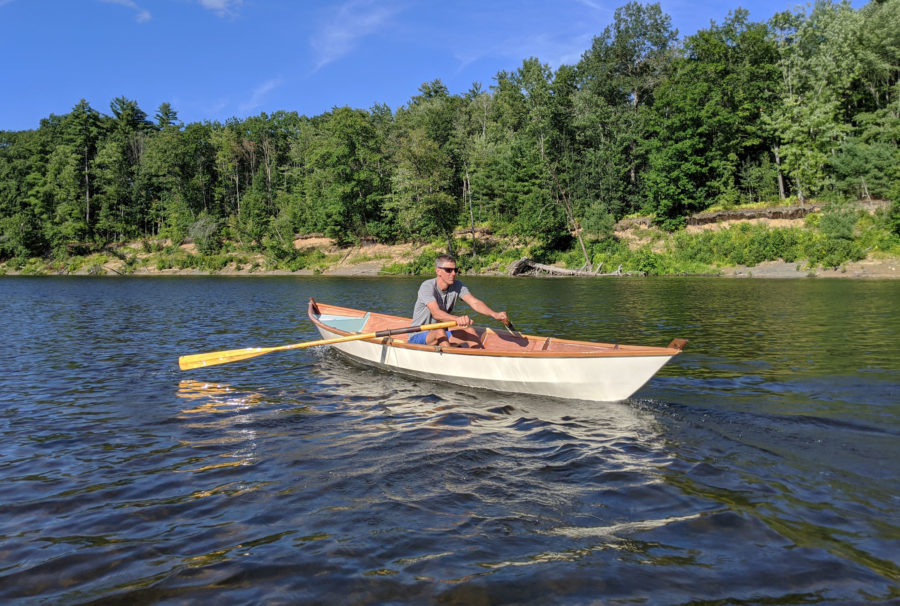
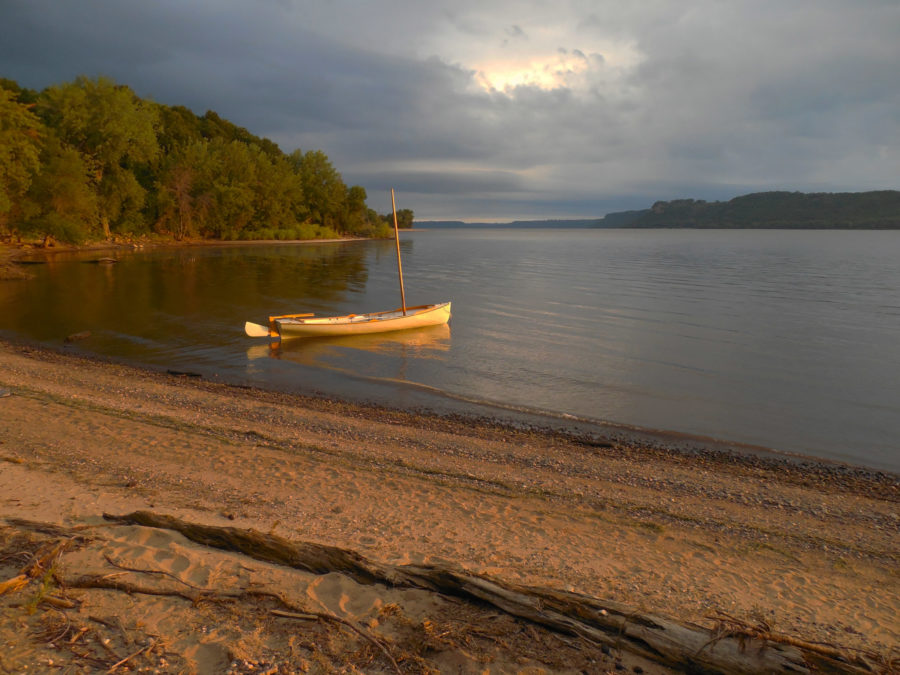
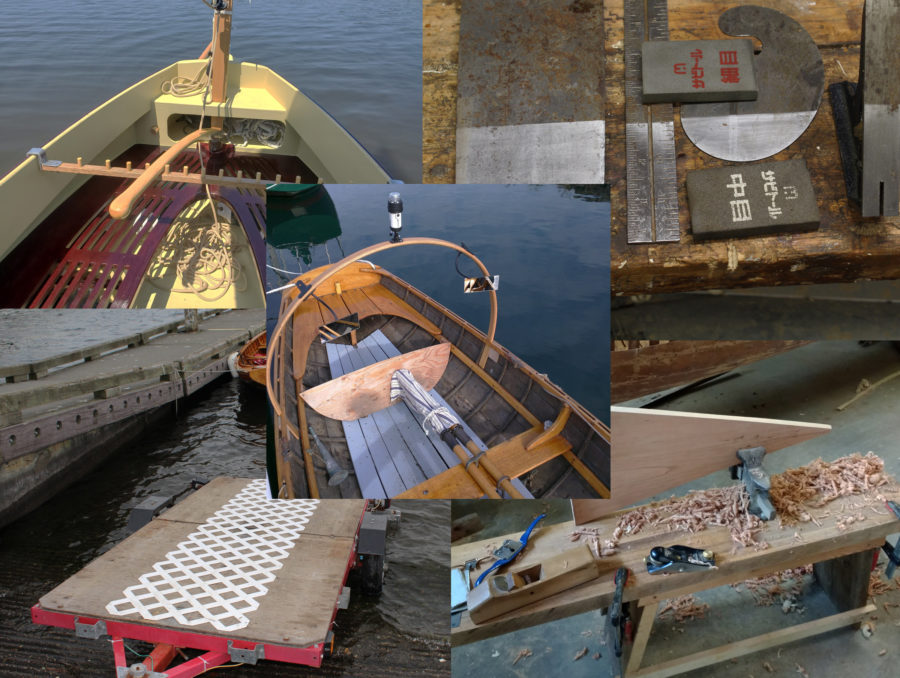
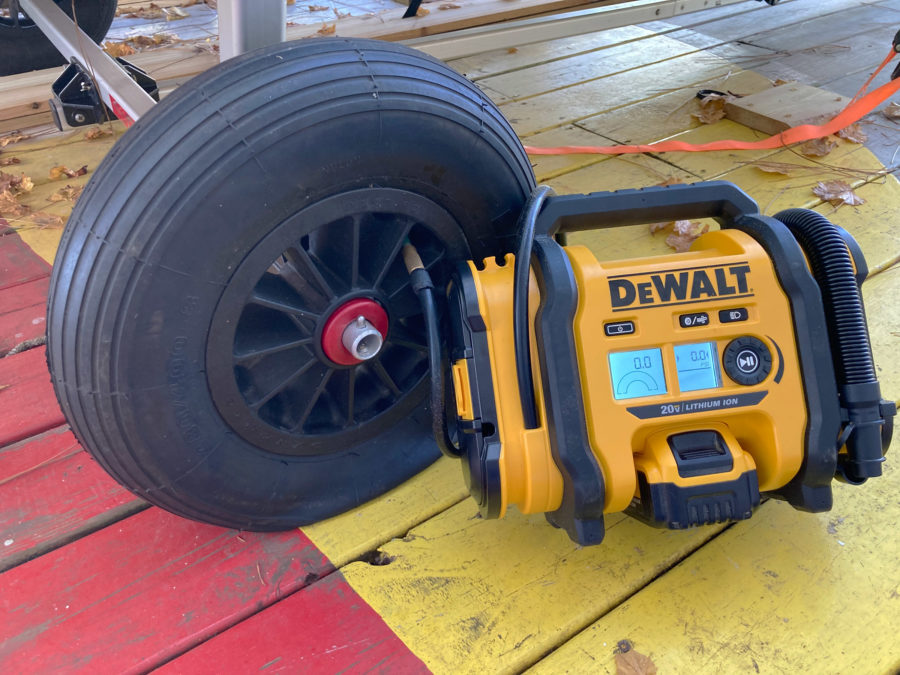
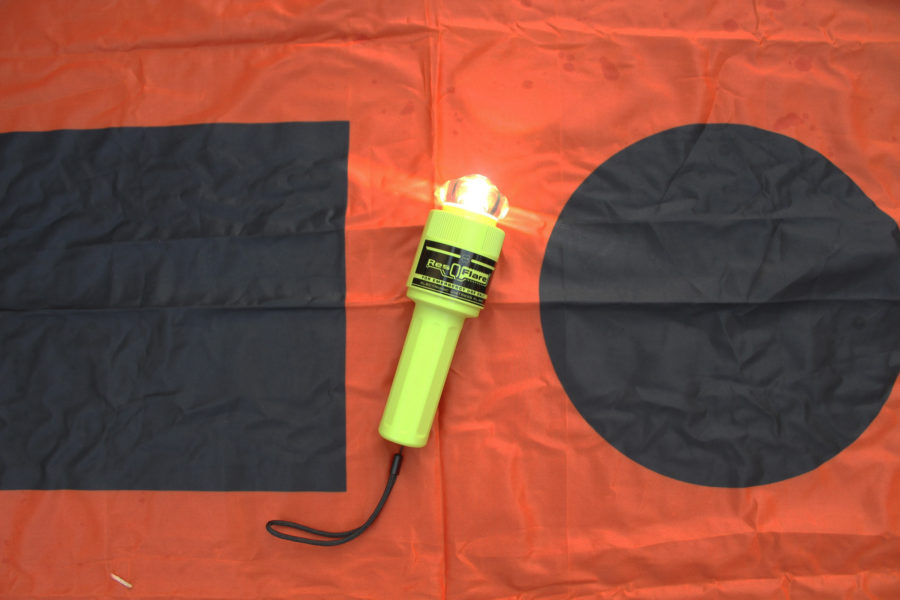
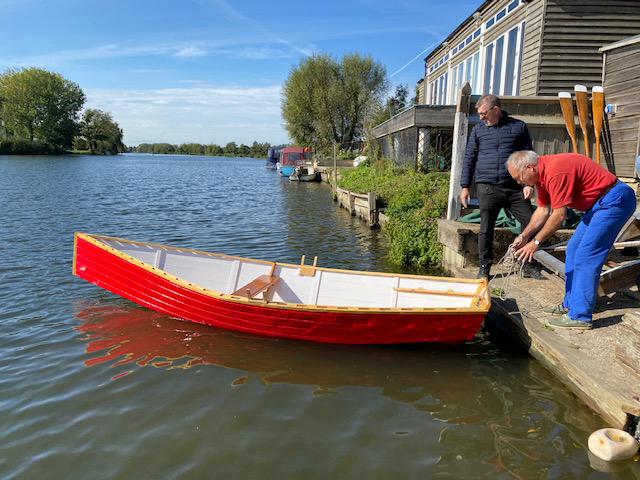


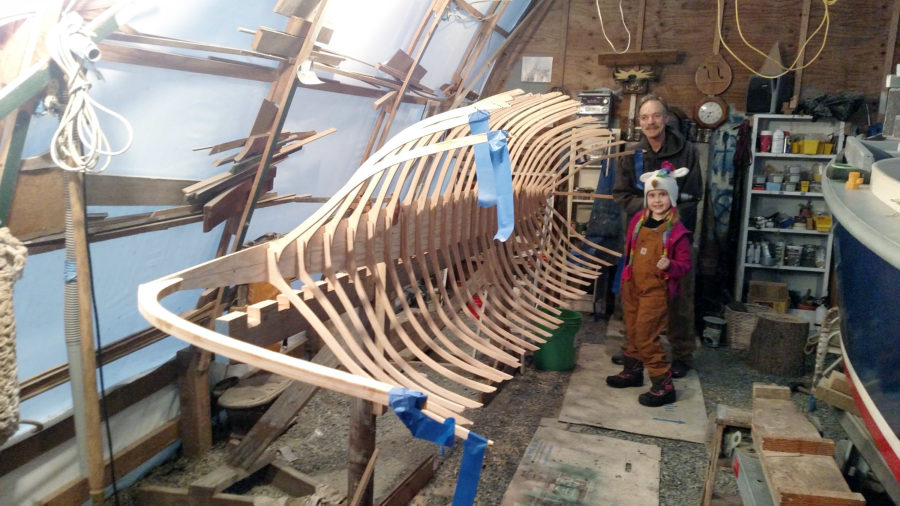
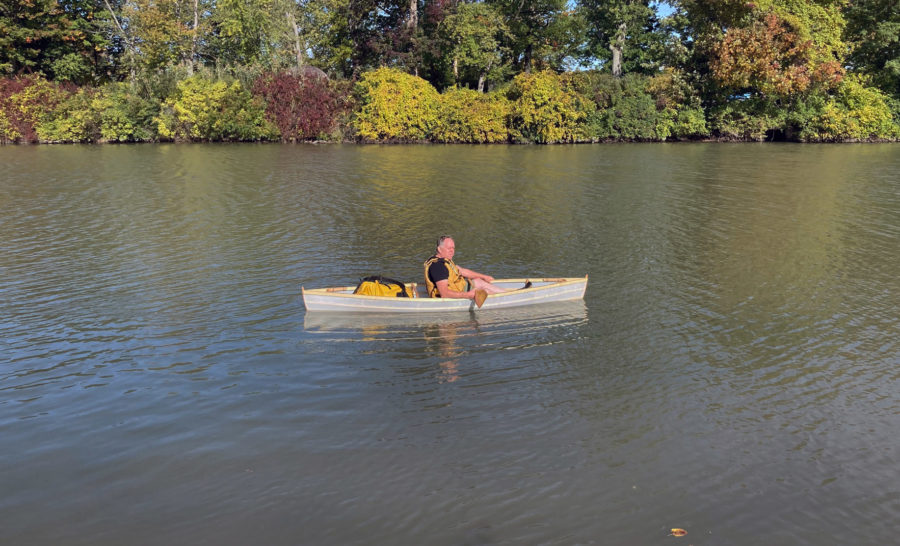
Very interesting use of the tongue-and-groove pine. We used some for a home remodel project recently and I wondered how it would fare in boatbuilding. Now we know. Enjoy your boat!
Kent and Audrey
This would be the equivalent of what Pete Culler recommended for dry-sailed cross planking, namely a splined bottom. Would be just fine.
Didn’t know about the background of the Nissen/ Quonset hut. Somewhere in the family is a photo of me at the age of a few months in front of my parents Quonset hut at Cape Shanks in New Jersey, where they were living courtesy the Army while Dad was going to Columbia Language school for an intensive course in Russian.